
The samurai philosophy traces back to Zen Buddhism which implies the idea of the existence of a single ideal sword that gave birth to the entire dual world with its innumerable doubts.
The Concept of “Bushido”
“Budoseshinshu” – “The Samurai Code” (translated as “The Way of the Warrior”) – was written as a guide for the Japanese who chose a military life. The book’s author is Taira Shigesuke, the Confucian monk and military historian. Following that, it took five centuries of military rule to finally develop the standards of the Bushido samurai philosophy. It included the model of the samurai’s irreproachable conduct, moral and practical guidance; historically appropriate personal, social and professional standards of warrior’s conduct.
The word “bushido” includes 3 hieroglyphs. The word “bushi” is the only one in the Japanese language that most accurately describes the concept and essence of a warrior. The first hieroglyph “bu” means “military”/“soldierly”, its root means “to stop”. And the second character is a short form of how a spear is designated. An ancient Chinese source contains a detailed interpretation that says that “bu” forbids violence, “stops the spear”.
In Japanese, the hieroglyph “shi” means “a soldiery”, “a warrior”, “a noble person”. Initially, the word was used to describe people who had certain skills and were high on the social scale but willing to take up arms if necessary. It appears that “bushi” is a person who secures peace by both purely non-aggressive methods, with art, and with a sword.
The last character – “do” – means “a path”. This is the most important concept for many oriental teachings that combines seemingly incompatible qualities – “bu” and “bun” as “the ideal person”.
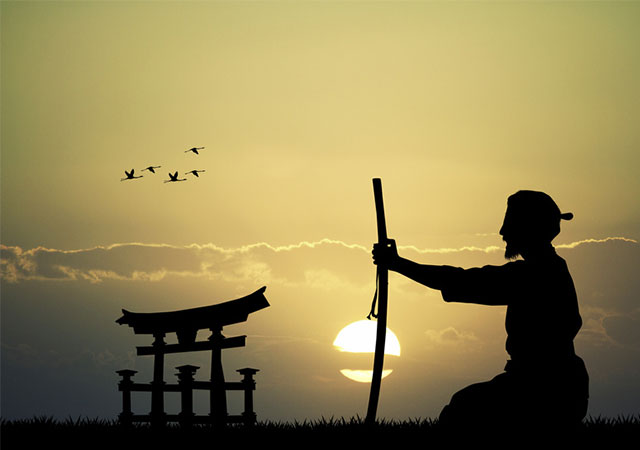
Bushido Postulates
The requirements of the code were quite clearly stated by Daidoji Yuzan. They are the following:
- true courage means that one must live when it is rightful and die when it is rightful;
- one must go to his death being clearly aware of this;
- one must weigh his every word and ask himself whether his words are true or not;
- one must be moderate in eating and avoid self-permissiveness;
- one must remember about death in his everyday life;
- one must respect the rule “Parents are the tree trunk and children are its branches”;
- one must always be loyal to his master;
- one must take on enemy spears and arrows with no fear;
- faithfulness, courage and justice are the samurai’s main virtues;
- if one loses a war, he has to proudly say his name and die with a smile, with no humiliating haste.
The Samurai Philosophy
The true spiritual meaning of the “Bushido” samurai code and samurai philosophy can be stated as follows: “A warrior must live knowing that he may die at any time, and he should appreciate every moment of his life as it may turn out to be the last one.” Only the one who is ready to die can see the world in all its glory and devote all his time to helping his neighbors and himself. Only when you realize you can see all of this for the last time, you will look at the world with love and notice the things that ordinary people do not see in their busy lives. The warrior feels the sun warms him with its rays, rustling of leaves and beautiful birdsongs. He sees how a leaf, that has come off the branch, swirling, falls into a runlet and rapidly floats away downstream. That is why a lot of samurai became poets, and many of them customarily left their dying poems. A lot of samurai were also interested in theater, fine arts and calligraphy.
See also
-
Kanazawa Castle

Construction of Kanazawa Castle began in 1580 on the orders of Sakuma Morimasa, a vassal of Oda Nobunaga. The castle was built on the site of the Ikko-ikki sect's Oyama Gobo temple, which is why it is sometimes called Oyama Castle. Morimasa managed to build several moats and begin construction of a castle town. However, after his defeat at the Battle of Shizugatake in 1583, he was executed, and ownership of the castle passed to Maeda Toshiie (1538–1599).
-
Nakatsu Castle
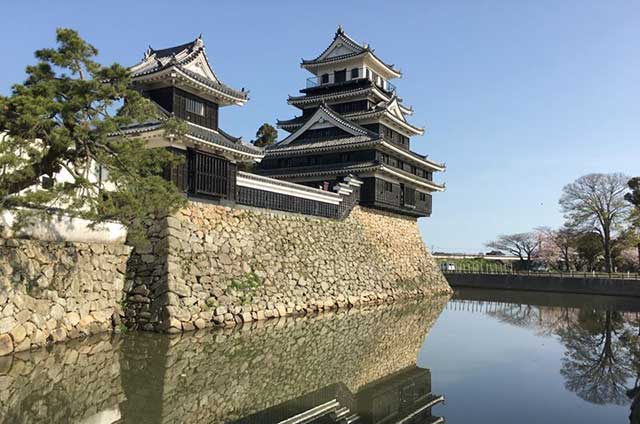
Kuroda Yoshitaka (1546–1604) was one of the closest advisors to the legendary military commander Toyotomi Hideyoshi. He took part in key military campaigns of the late 16th century, including the campaign against Shikoku in 1585 and the campaign against Kyushu in 1587. Later, during the second campaign in Korea, Yoshitaka served as chief advisor to the commander of the invasion forces, Kobayakawa Hideaki. After Hideyoshi's death, he swore allegiance to Tokugawa Ieyasu, thereby securing his influence and patronage under Japan's new leader.
-
Edo Castle
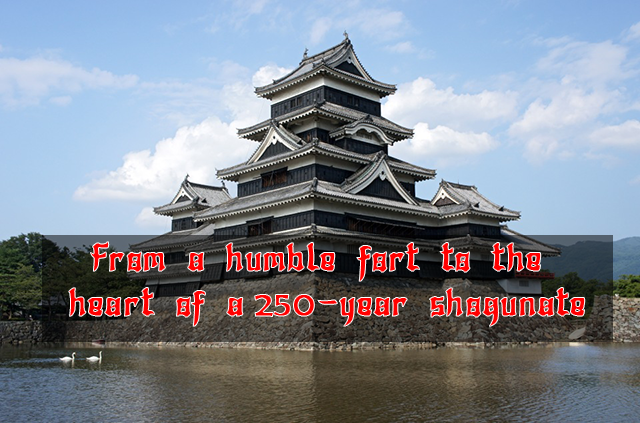
The history of Edo Castle dates back to the Heian period, when the Edo clan built a small fort on this site. In 1457, the vassal of the Uesugi clan, Ota Dokan (1432–1486), constructed a full-scale castle here. Internal conflicts weakened the Uesugi clan, and in 1524, Ota Dokan’s grandson, Ota Yasutaka, surrendered the castle without resistance to the forces of Hojo Soun, the ambitious leader of the Hojo clan. While Odawara Castle remained the clan's main stronghold, Edo was considered a key strategic fortress.
-
Samurai Museum Shinjuku
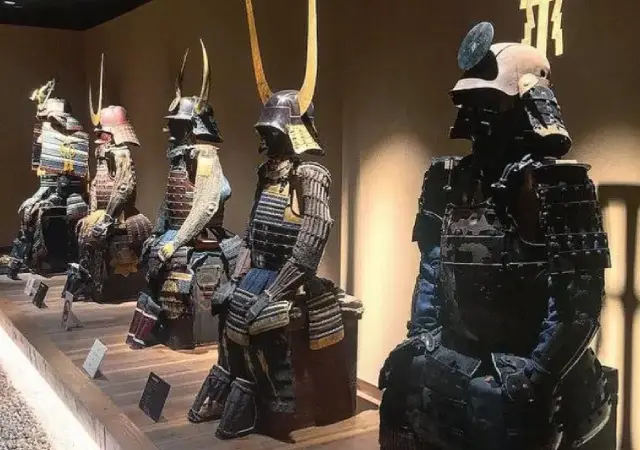
Situated in the vibrant district of Shinjuku, the museum showcases an extensive collection of samurai armor, weapons, and cultural artifacts spanning from the Kamakura to the Edo period. The exhibits aim to convey the samurai's unwavering commitment to honor and discipline, reflecting how their spirit continues to influence modern Japanese culture.
-
Anjo Castle
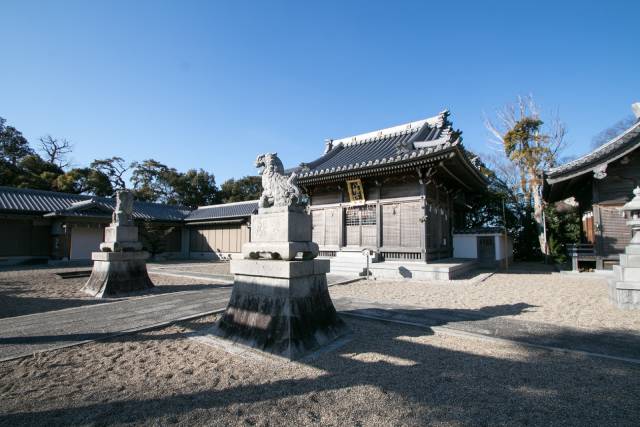
Anjo Castle was built on a slight elevation at the edge of the Hekikai Plateau, about 2 kilometers southeast of present-day central Anjo City in Aichi Prefecture. Today, the surrounding area thrives on large-scale agriculture and automotive manufacturing, utilizing the expansive flatlands and its proximity to the Nagoya region.
-
Numata Castle
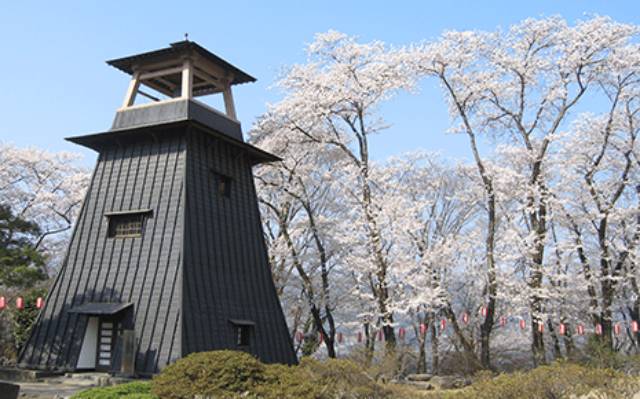
Numata Castle, located in Numata, northern Gunma Prefecture, Japan, has a rich and complex history. During the late Edo period, it served as the residence of the Toki clan, who ruled the Numata Domain. Over the centuries, the castle changed hands multiple times and was the site of significant battles during the Sengoku period.
-
Iwabitsu Castle
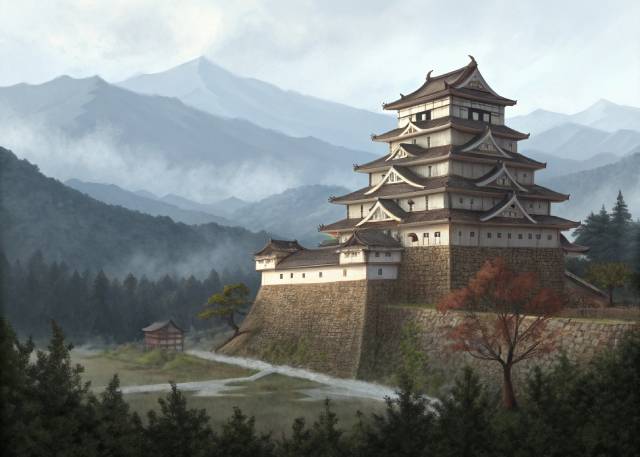
Iwabitsu Castle is a yamashiro-style (mountain) castle located atop Mount Iwabitsu in Higashiagatsuma, Gunma Prefecture, Japan. Recognized for its historical significance, its ruins have been protected as a National Historic Site since 2019.
-
Tsutsujigasaki Castle
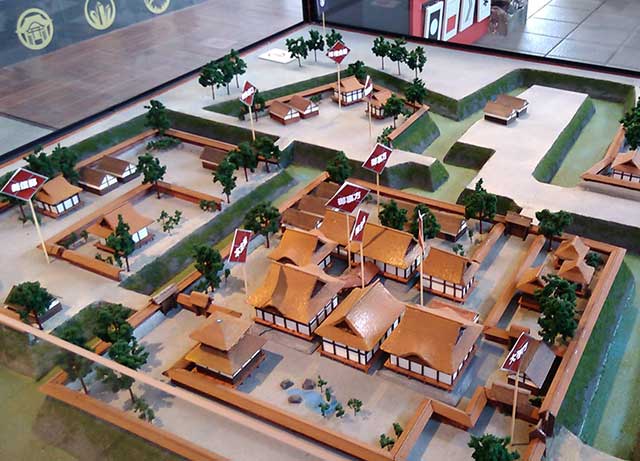
Tsutsujigasaki Castle (Tsutsujigasaki Yakata) served as the fortified residence of the last three generations of the Takeda clan and is located in the heart of Kofu, Yamanashi Prefecture, Japan. Unlike traditional Japanese castles, it was not referred to as a "castle" in Japanese, as the Takeda clan famously believed in relying on their warriors as their true fortifications, stating, "Make men your castle, men your walls, men your moats." Designated a National Historic Site in 1938, the ruins are now open to the public and house the Takeda Shrine, a Shinto shrine dedicated to the deified spirits of the Takeda clan.

